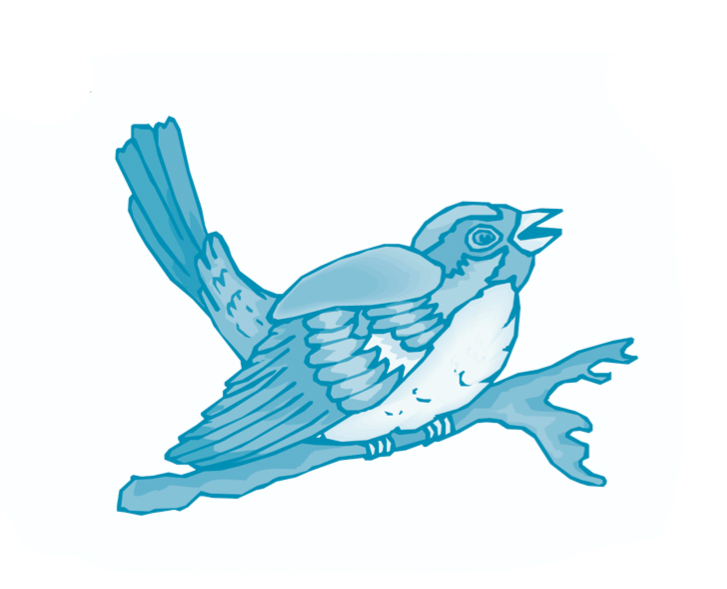One September morning, as I sat on the deck, sipping a mug of coffee, listening to morning sounds, and delighting in the coolness that promises summer won’t last forever, I spotted two wrens in the tree between our neighbor’s house and ours. For some unexplained reason, this tree had shed leaves throughout the summer; now, only the tips of the branches were green.

Before I saw the two birds, I heard them. First a melodic, ten-note song. Then a shorter, monotone trill. My eyes followed my ears, searching the bare branches for the source, which turned out to be two small wrens. The wren on the tree’s right sang. The wren on the tree’s left emitted the monotone trill. They repeated their duet. Then again. And again. Over and over again.
Same species. Two completely different sounds, but clearly connected to each other. They continued for several minutes, their timing impeccable, as if flawlessly following a composer’s invisible score. Then, after a long pause, they changed the order of their songs. The second bird started first, with its monotone trill, followed by the first bird’s melodic, ten-note song., “So,” I thought, “they know their part, and they sing their part, only varying the order in which they do it.”
As they flew away, I realized that, since they are the same species, either bird can probably sing either part, depending on some unknown signal. But they can’t “sing the part” of cardinals, because they are wrens, limited and defined by a narrow set of characteristics and capabilities that are described in only 14 lines of print in Peterson’s Field Guide to the Birds of Texas.

Wrens follow patterns. That’s all they can do. Thinking, “There’s a story in this,” I went to my computer, intending to write it. But first I checked email and discovered there was more to the story than my experience with the two wrens. This message from a client was in my inbox:, “I’ve realized that I have lived most of my life feeling miserable, and I think I’m too comfortable with that. Comfortably uncomfortable. It’s a pattern. The truth is, I don’t want to be miserable—to create drama and crises. Every time I take steps forward, I discover old footprints that reveal a little more about myself. Not pleasant, but good to be aware of so that I can step in a different place and not just keep retracing the old. I know that I want to be content, fulfilled, and peaceful. To get there, I have to make it simple. I’m stepping forward, slowly.”
When we are young and impressionable, patterns form within us, from our experiences. As we grow older, we repeat those patterns, both the patterns we love and the patterns we hate.
But within each of us is a true identity—the person we are in our hearts—the truth that transcends the patterns.
When we choose to live, think, speak, and hear from our hearts, we transcend limiting patterns. Wrens can’t do that, but people can.
The client who emailed me that morning has decided not to be defined by other people’s actions and behaviors. She has decided to be the person who is in her heart. Her first steps are tentative, unsteady, as first steps always are. But the heart is the home of courage, so slowly, inexorably, she moves forward to live the life she truly wants.
Changing Patterns
If you are interested in taking steps toward change, list one to three patterns that keep recurring in your life. Then write what you will stop doing and start doing to change those patterns. Hold yourself accountable by consulting this list at the end of every day, answering the question, “How did I do? Was I true to what I said I would stop and start doing?”
Nancy Oelklaus is an executive coach, speaker, and writer. She lives on the rim of a canyon in Austin, TX, with her husband, Harlan, and Feathers, a bichon frise. Nancy uses systems thinking to work with leaders in education, nonprofits, and business to make and sustain positive change. Her specialty is teaching personal mastery.
